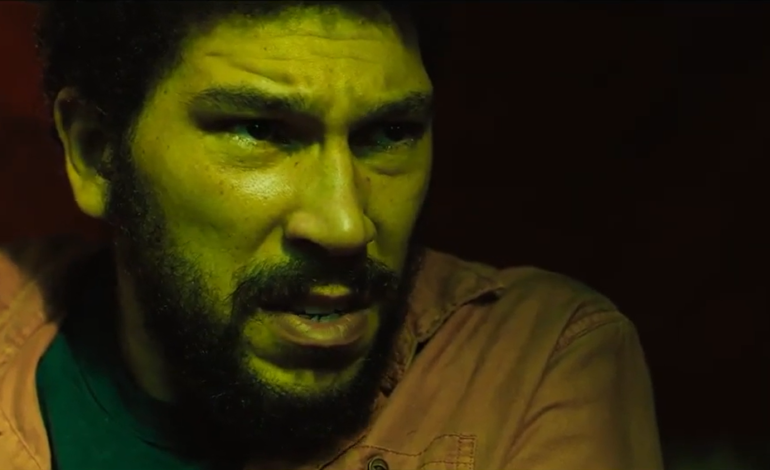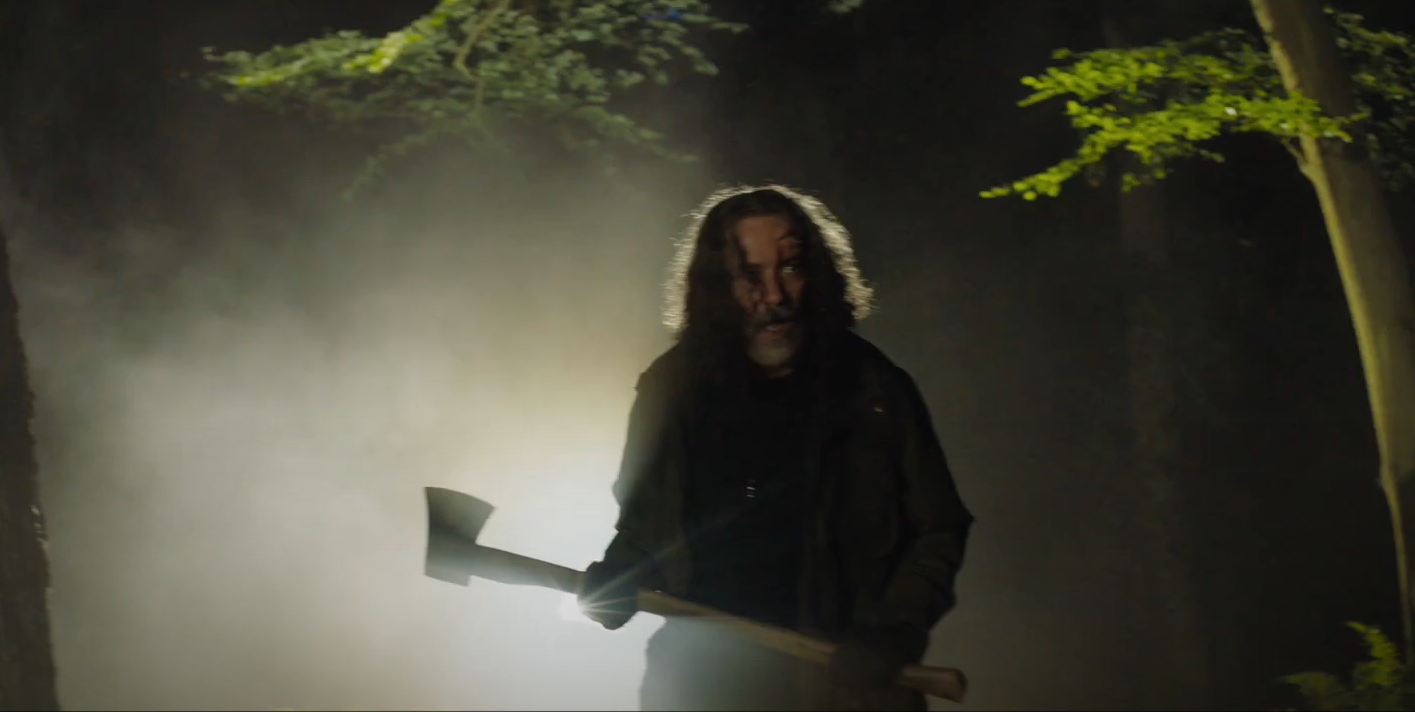

Ben Wheatley’s In the Earth isn’t the first film inspired by the COVID-19 pandemic and it certainly won’t be the last, but it is in a prime position as one of the first horror movies to explore the effects of the deadly global pandemic while we are still experiencing it. More than a mere exploitative attempt to strike while the cultural reference is still hot, the story uses context of a virulent disease as a springboard to plumb the depths of madness that people can be driven to on their misguided searches for a cure. Weaving together standard horror tropes, pseudo-science, and folk tales, In the Earth takes a global moment and distills it down to a personal level as four people wander through the woods and test exactly how much graphic abuse a single human foot can endure.


Scientist Martin Lowery (Joel Fry) is sent to a small park that has been converted into a government research station. Alongside park ranger Alma (Ellora Torchia), he sets out to find a remote camp where Dr. Wendel (Hayley Squires) is conducting experiments in the hopes of finding the source of a deadly virus. Already a millennial’s worst nightmare, Dr. Wendel’s base can only be reached by hiking for several days through a densely wooded forest with no cell reception and disquieting nightime soundscapes that recall an ostrich being tortured. A couple days into their journey, the pair are assaulted by an unseen figure who beats them mercilessly and steals their shoes. They do their best to soldier on, but it isn’t long before Martin cuts his foot so badly that he is barely able to stand.
Fortunately, they happen upon a reclusive camper named Zach (Reece Shearsmith) who leads them to a tarp-covered “workshop” that almost certainly led a former life as a weed nursery, where he offers them all sorts of hospitality including fresh shoes, drinks, and even some anesthetic-free surgery for Martin’s foot. Unfortunately, it turns out the drinks are spiked, and Zach does little do dissuade the impression that he might be the love child of Robert Plant and Billy Connolly by picking the most socially inappropriate moment to bust out a guitar so he can lull his victims into a good kidnapping stupor. Once they are fully drugged and bound, Zach sets about making things even more uncomfortable by dressing his new friends up in some makeshift tarp outfits and posing their corpse-like bodies on the ground for a series of creepy insta pics aimed at appeasing an unseen forest spirit named Parnag Fegg. Martin and Alma eventually manage to free themselves, but not until after Zach uses an axe to perform some more impromptu surgery on Martin’s foot.


Unusually enough for a horror film, it is only after the duo escape from the axe-wielding maniac that things start to get really weird. When they manage to find Dr. Wendel, she has filled the woods with a surround-sound setup generating ominous tones as part of a “scientific” experiment based on instructions she found carved into a rock. She also drops the bombshell that Zach is her ex-husband before demonstrating the family resemblance by conducting her own unwelcome operation on Zach’s foot. Though much of their time spent with Dr. Wendel will be taken up by tedious exposition, the story manages to pick up some energy if not coherence as it barrels into a series of frenetic nature montages that ultimately become something vaguely resembling a satisfying conclusion.
Verdict: 3 out of 5 Stars
There is a good deal to like about In the Earth. The film provides a really interesting take on the predominant zeitgeist of the early 2020s by using the context of the pandemic to explore the extremes of human behavior. Clint Mansell’s synth heavy score is as beautifully upsetting as Shearsmith’s performance as the deranged Zach, and cinematographer Nick Gillespie does a masterful job of capturing the desolate dampness of the isolated setting. Still, the pacing staggers pretty badly in the third act and the supernatural element feels a bit too convoluted and extraneous to be fully satisfying. Fans of gore will be disappointed by how sparingly it is used, while the more squeamish will be disappointed by how gruesomely Martin’s continuous foot trauma is depicted. But despite its shortcomings, the film is an enjoyable enough mix of spooky ambiance and stylized sensory overload to keep your eyes fixed solidly on the screen – save, of course, for the handful of largely orthopedic moments that will force you to cover them.
